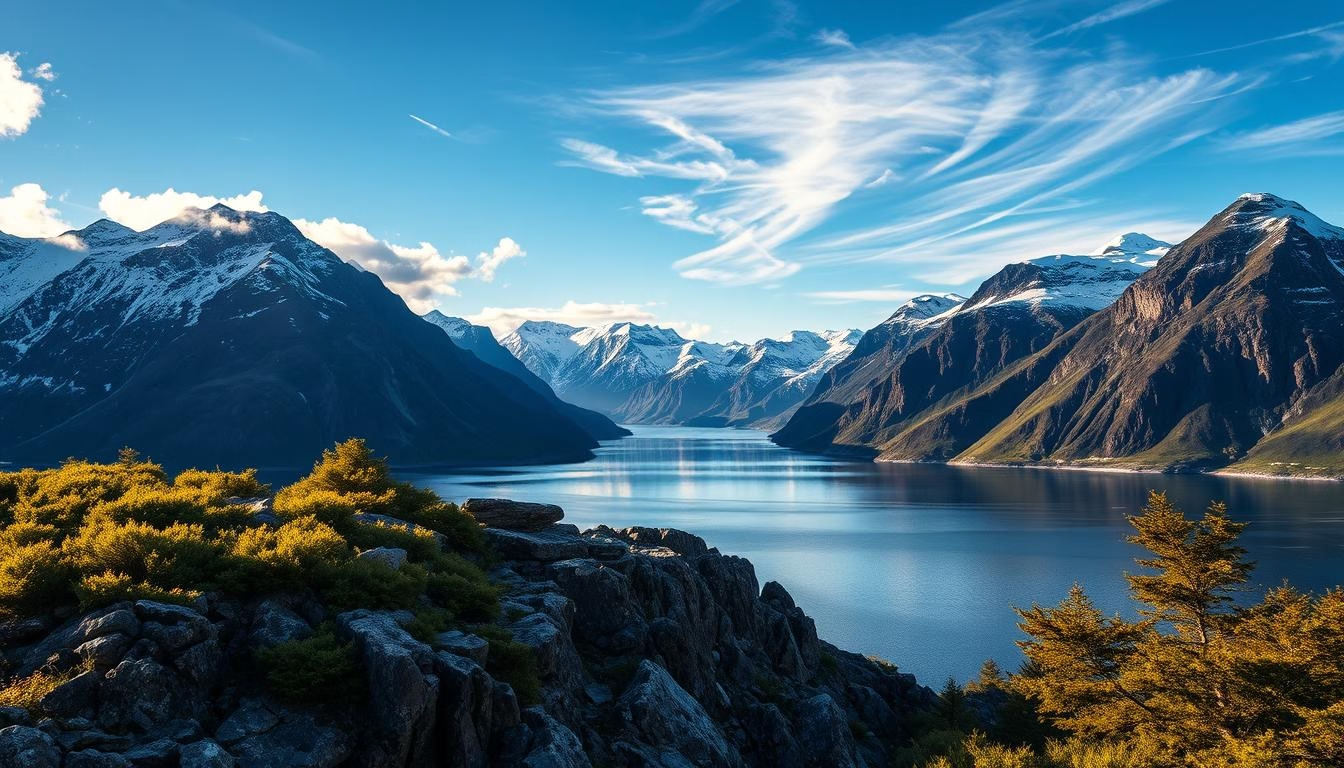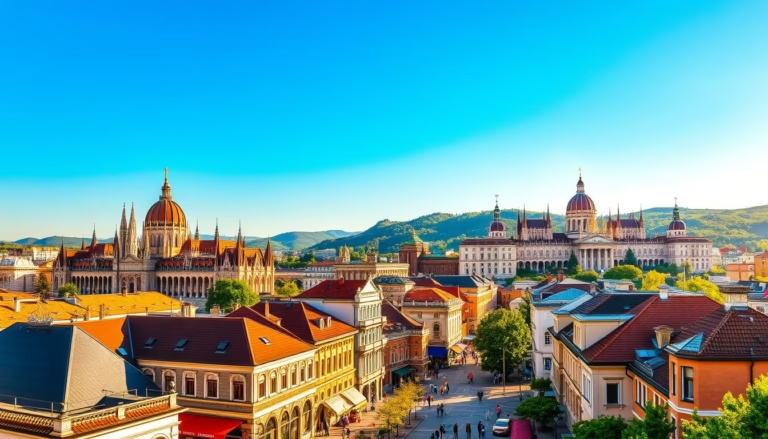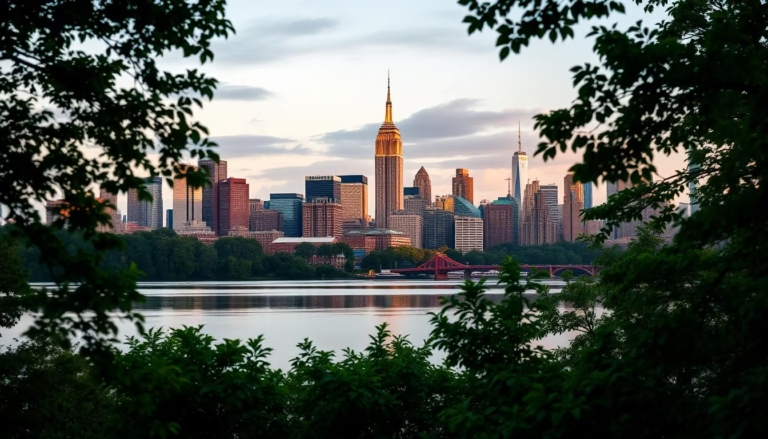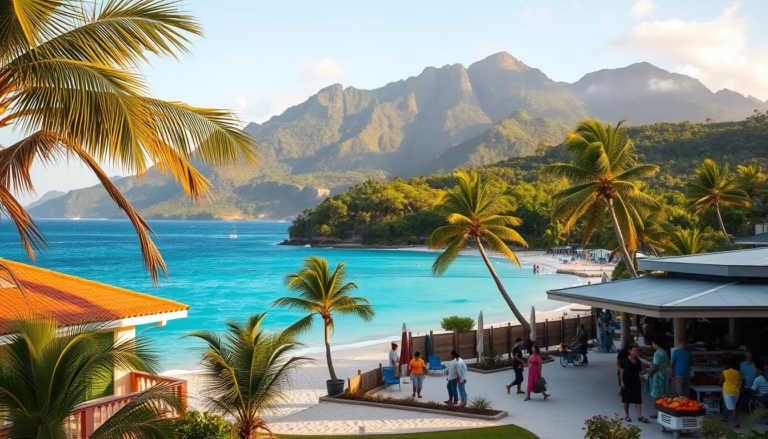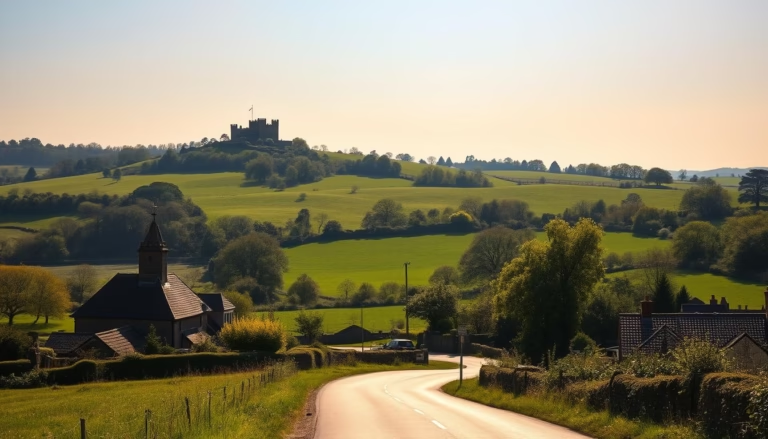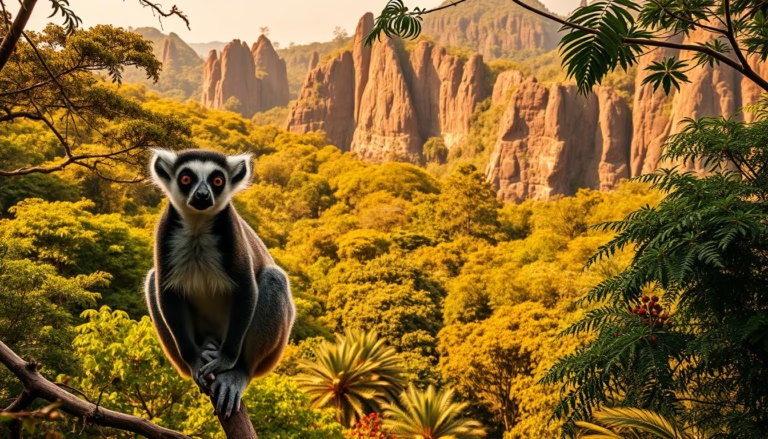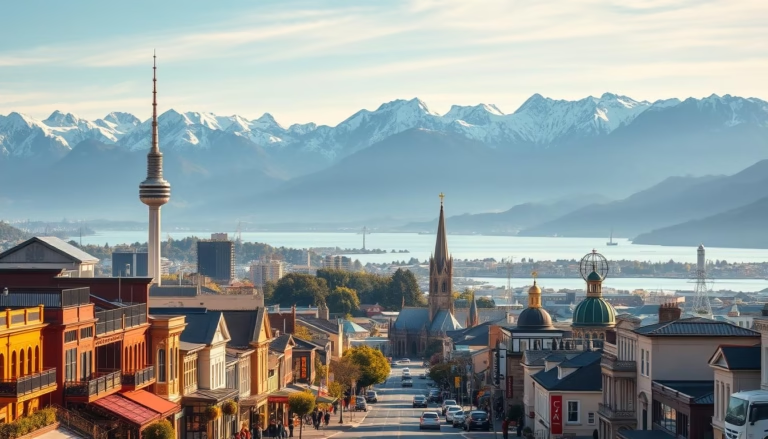Explore the Breathtaking Norwegian Fjords Landscapes
Welcome to a realm where ice-age giants sculpted dramatic valleys that plunge into sapphire waters. These natural wonders, carved over 2.5 million years, showcase Earth’s raw power and artistry. Towering cliffs rise like stone cathedrals, while waterfalls cascade from heights that’ll leave you breathless.
Two star attractions – Geirangerfjord and Nærøyfjord – hold UNESCO status for their jaw-dropping beauty. But with over 1,000 glacial inlets along Norway’s coast, secret spots await beyond the famous vistas. Kayakers glide through glassy channels, while hikers conquer trails offering views that redefine “epic.”
This guide unlocks the magic of these liquid highways shaped by ancient ice. You’ll learn when to visit for midnight sun or northern lights, how to navigate fjord country, and where to find those picture-perfect moments. From cruise ships to cozy villages, every angle reveals new layers of natural drama.
Key Takeaways
- UNESCO recognizes Geirangerfjord and Nærøyfjord for outstanding beauty
- Glacial forces shaped these valleys over millions of years
- Norway’s coastline features 1,000+ fjords
- Prime activities include kayaking, hiking, and scenic cruises
- Seasonal planning enhances experiences (midnight sun vs. aurora seasons)
Introduction to the Majestic Fjord Experiences
Every curve of Norway’s coastline reveals nature’s grandeur at its finest. Three iconic treasures – shimmering auroras, rugged peaks, and glacial-carved inlets – define this Nordic paradise. Among these, the country’s signature waterways create adventures that linger in your memory long after you leave.
Setting the Scene for Adventure
Picture yourself aboard a small boat, gazing up at cliffs so tall they block the sun. Crisp air fills your lungs as waterfalls roar in the distance. This is fjord country – where every bend promises new discoveries.
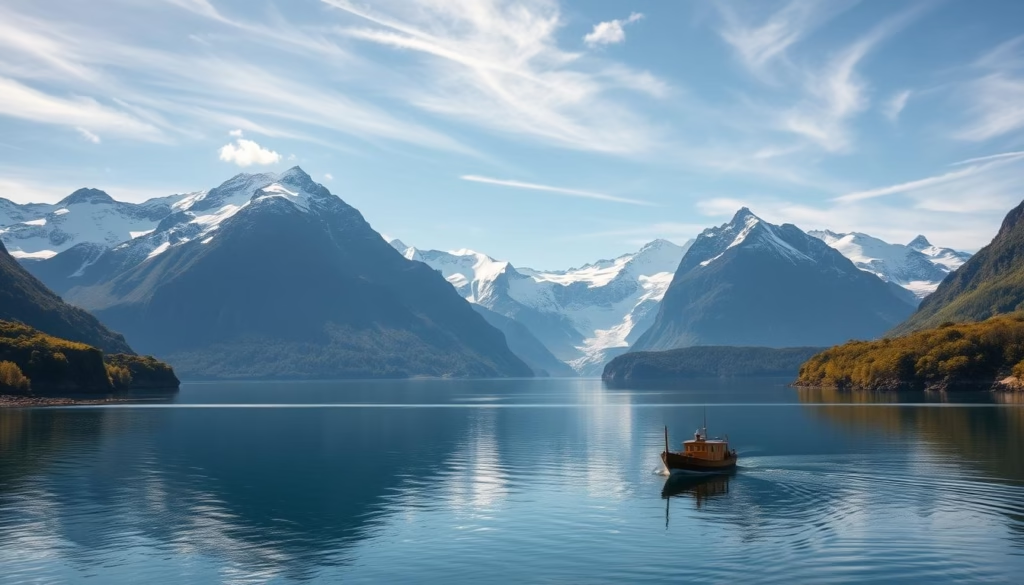
These natural corridors aren’t just pretty views. They’re playgrounds for kayakers paddling beneath seabird colonies and hikers tracing paths used by Viking explorers. The excitement builds as you realize you’re navigating valleys older than human history.
What Makes This a Natural Wonderland?
True fjords form through glacial carving, creating those iconic steep walls. While other countries have similar features, Norway’s versions stand out. Their sheer size and protected status keep waters crystal-clear and ecosystems thriving.
You’ll find villages clinging to mountainsides where farmers still use ancient terraces. Unlike crowded destinations, many fjord areas remain refreshingly quiet. This blend of wild landscapes and living history makes the visit Norway experience truly unique.
The Geologic and Natural History of Fjords in Norway
Earth’s history books are written in stone and ice along these coastal wonders. To grasp their grandeur, we must travel back through millennia – to when glacial forces reshaped continents.
Glacial Carving and Formation Processes
Imagine ice sheets thicker than skyscrapers grinding across bedrock. Over 2.5 million years, these frozen giants sculpted valleys deeper than the Grand Canyon. Each glacial cycle – advance and retreat – acted like nature’s chisel.
Three key stages shaped the landscape:
- Glaciers carved U-shaped valleys through bedrock
- Sea levels rose, flooding the trenches
- Erosion from waterfalls and rivers refined the cliffs
This explains why some vertical rock faces tower 1,100 meters above the water – equivalent to three Empire State Buildings stacked vertically.
UNESCO Heritage Sites and Their Stories
Geirangerfjord and Nærøyfjord earned UNESCO status by showcasing Earth’s artistic genius. Their recognition highlights both aesthetic wonder and scientific value. As one researcher notes:
“These sites are living classrooms where we study climate history through ice cores and rock layers.”
The glacial processes that formed these inlets created ecosystems found nowhere else. Salmon leap in turquoise waters while rare plants cling to cliffside crevices. It’s a testament to nature’s resilience – and a reminder to protect these fragile wonders.
Top Scenic Attractions in the Norwegian Fjords
Norway’s fjord country offers a stunning array of natural masterpieces, each with its own personality. From iconic UNESCO sites to quiet corners where nature whispers, these waterways deliver unforgettable vistas.
Geirangerfjord and Nærøyfjord Highlights
Geirangerfjord stuns visitors with its waterfall symphony. The Seven Sisters and Bridal Veil cascades tumble down mossy cliffs into turquoise waters. This 15-kilometer wonder combines sheer drama with charming villages clinging to slopes.
Nærøyfjord offers a different magic. Its narrow passages block massive cruise ships, creating peaceful exploration spots. Kayakers glide past seabird colonies while hikers discover trails used for centuries.
Other Breathtaking Fjords Worth Exploring
Beyond the famous fjords, hidden treasures await:
- Sognefjord: Norway’s longest and deepest, with endless side valleys
- Hardangerfjord: Spring blossom explosions paint its shores pink
- Lysefjord: Home to Pulpit Rock’s heart-stopping cliff views
Hidden Gems Off the Tourist Trail
Adventure seekers love Hjørundfjord, where jagged peaks reflect in still waters. For true solitude, Melfjord delivers untouched beauty. These quiet spots let you experience fjord majesty without crowds.
Exploring Fjords Norway: Iconic Spots and Local Favorites
Crafting your fjord adventure means choosing between quick glimpses and deep dives into Norway’s liquid treasures. From bustling hubs to quiet hamlets, each trip reveals new layers of this UNESCO-recognized wonderland.
Day Trips vs. Multi-Day Exploration
Bergen serves as the ultimate launchpad for fjord adventures. The Norway in a Nutshell route packs glaciers, railways, and waterways into one thrilling day. Prefer spontaneity? Hop on express boats to Sognefjord – Europe’s longest fjord.
| Feature | Day Trips | Extended Journeys |
|---|---|---|
| Duration | 8-12 hours | 3+ days |
| Focus | Iconic viewpoints | Local culture immersion |
| Transport | Express boats | Ferries + hiking |
| Best For | First-time visitors | Adventure seekers |
Charming Communities Worth Your Time
Flåm steals hearts with its mountain railway and Aurlandsfjord sunsets. Gudvangen’s Viking heritage comes alive through traditional feasts. For adrenaline kicks, Voss delivers rafting and skydiving between fjord visits.
Geiranger’s Seven Sisters Falls dazzle cruise passengers, but stay overnight to hear waterfalls echo through silent valleys. These places prove Norway’s magic lives equally in landscapes and local stories.
Unforgettable Adventure: Kayaking and Boat Cruising in the Fjords
Navigating the tranquil waters of glacial valleys offers two distinct paths to discovery. Whether you crave quiet communion with nature or panoramic vistas from comfortable decks, these liquid highways deliver magic.
Silent Exploration by Paddle
Kayaking trips let you become part of the landscape. Glide through mirror-still channels where limestone walls rise like natural skyscrapers. During a two-day adventure in Geirangerfjord, our group camped beneath waterfalls that turned gold at sunset.
Guides share secret spots where seals sunbathe on rocks. You’ll navigate narrow inlets that cruise ships can’t approach. The best kayaking trips balance safety with freedom to explore.
Scenic Journeys by Boat
Boat tours provide accessible wonder for all fitness levels. Smaller vessels offer cozy experiences with local captains sharing folklore. One skipper joked:
“Our family’s fished these waters since Leif Erikson got lost!”
While big cruise lines dominate ports, eco-conscious operators thrive. Choose companies supporting coastal communities. Evening sails reveal cliffs glowing in alpenglow – a great way to end your day.
Hiking Trails and Trekking Adventures Amidst Fjord Landscapes
Lace up your boots for trails that turn postcard views into immersive experiences. Norway’s vertical terrain offers routes ranging from gentle valley strolls to thigh-burning ascents with cliffside payoffs.
Popular Summit Hikes and Scenic Walks
Conquer Breiskrednosi’s 3,900-foot peak for panoramic views of Nærøyfjord’s serpentine channels. The iconic Pulpit Rock trail delivers heart-pounding drama at Lysefjord’s edge – a flat mountain plateau 1,982 feet above cobalt waters.
Trolltunga near Hardangerfjord tests endurance with a 17-mile round trip. For quieter spots, consider Kjeragbolten’s boulder wedged between mountains or Romsdalseggen’s ridge walk above emerald valleys.
Preparing for High-Elevation Trails
Mountain weather shifts faster than a reindeer herd. Pack layers, sturdy shoes, and emergency gear – even summer hikes can encounter snow. Start early to avoid afternoon cloud cover obscuring fjord vistas.
Local guides recommend trekking poles for steep descents. Many trails lack guardrails, so respect the mountains’ raw power. Ready for more inspiration? Discover 15 extraordinary spots where earth and water collide in jaw-dropping harmony.
